Mongolia
Mongolia was the 130th largest economy in the world by nominal GDP in 2018. Its GDP per capita was $4,104 USD. After transitioning from a command economy and a Soviet satellite, foreign investment in the mining industry has transformed the economy. It was ranked 52nd in the World Bank's Human Capital Index and 93rd in the Economic Complexity Index in 2017. Services was the largest economic sector in 2018 (40 percent of GDP), followed by agriculture (10.9 percent), and manufacturing (9.2 percent). In 2017, the largest export sectors were minerals (70.63 percent), services (14.27 percent), stones (4.67 percent), textiles (3.71 percent), and agriculture (3.68 percent). The largest individual exports were coal (32.8 percent), copper ore (24.54 percent), travel and tourism (5.84 percent), crude oil (5.33 percent), transport services (4.73 percent), gold (4.65 percent), and iron ore (4.07). Its largest export partners were China (89.12 percent) and Switzerland (5.43 percent). The largest goods imports were refined petroleum (19.5 percent), cars (6.06 percent), cars (4.28 percent), and electrical energy (3.16 percent). After two hundred years of Chinese rule, Mongolia declared independence in 1911 but by 1915 this had turned into autonomy within China. In 1921, the Soviet Union invaded and Mongolia became a loyal satellite. The Chinese recognised Mongolia's independence in 1946 after a referendum. With assistance and loans from the Soviet Union, Mongolia developed a large industrial sector based around the processing of raw materials. Following the demise of the Soviet Union, the economy went into a deep recession. In the 1990s, pro-market reforms and privatisations led to strong productivity and economic growth but there were also recessions caused by natural disasters and external shocks, such as the Asian Crisis. The economy grew strongly in the 2000s because of high copper prices and new gold production. The global financial crisis led to a small contraction and a Stand-by Arrangement with the IMF but the economy recovered. In 2014, FDI fell when confidence among foreign investors was shaken by policy missteps and a government dispute with investors over the Oyu Tolgoi mine. 2014 also saw a fall in commodity prices exposing Mongolia's large external debt and budget deficit. Mongolia secured an assistance package from the IMF and a host of international creditors in May 2017 and is responding with new reforms. Fintech and other tech startups promise a new driver of growth as Ulaanbaatar develops a thriving start-up scene with the help of returning emigrants.


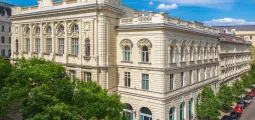











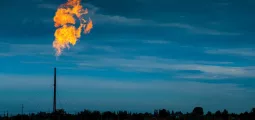











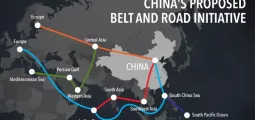

























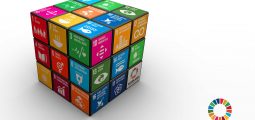


































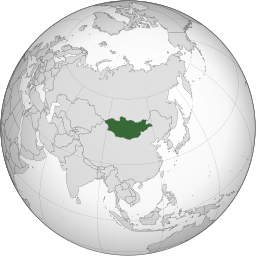
 Its population in 2018 was 3,121,772 [
Its population in 2018 was 3,121,772 [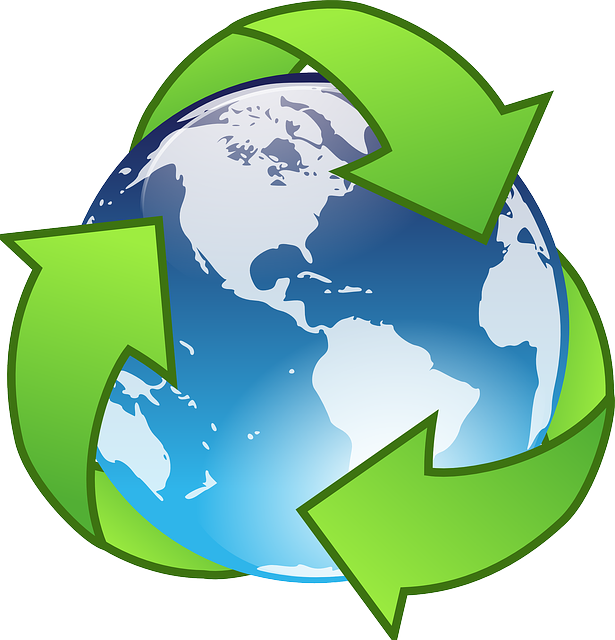 In 2015, 3.43% of its total energy
In 2015, 3.43% of its total energy  In 2021, its GDP grew by 1.42% [
In 2021, its GDP grew by 1.42% [ In 2021 it had a negative Current
In 2021 it had a negative Current  Its unemployment rate in 2021 was 6.30% [
Its unemployment rate in 2021 was 6.30% [ Its Expenditure on R&D (as a percentage of
Its Expenditure on R&D (as a percentage of 


